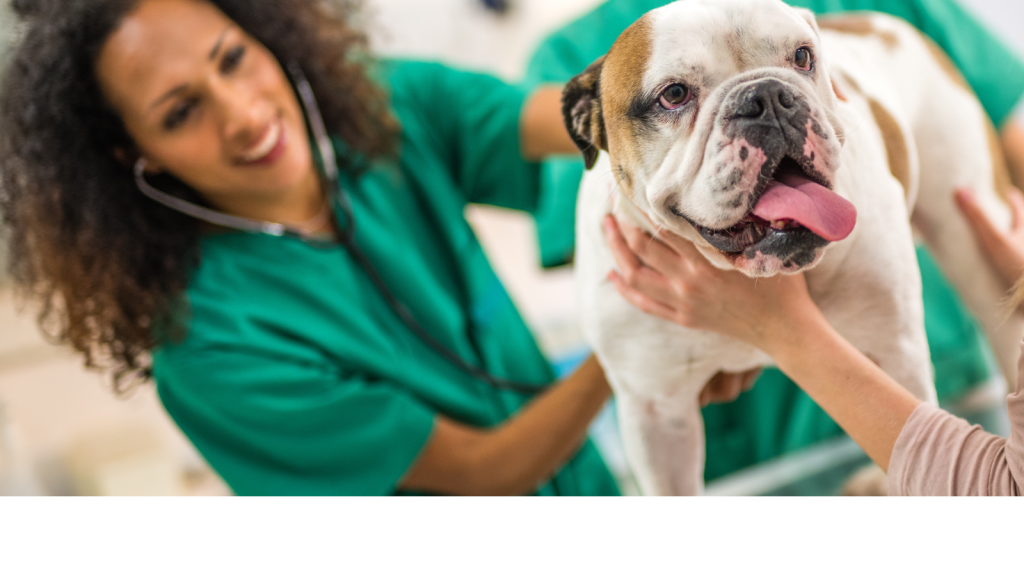Heat stress can be a serious concern in pets and is high on our minds now as much of the country is experiencing extremely high temperatures. If you suspect your pet is experiencing heat stress, move them to a cooler place, and call to consult with your veterinarian. Preventing heat stress is essential to ensure your pets’ safety and well-being during the hot summers.
With the record setting temperatures throughout the country this summer, it is especially critical that pet owners be vigilant with their pets health. Here are some suggestions to keep your pet safe.
Maintain hydration: maintaining hydration is always important for pets, but especially when it is extremely hot. Provide plenty of fresh clean water, making sure that your pet always has access to it. Water bowls left outside in the hot summers heat can get to dangerously hot temperatures quickly.
Provide a cool environment: Provide a cool environment for your pet to rest; preferably inside the air-conditioned house. If not possible to have your pets inside it is imperative that you provide an area with shade during daylight hours, preferably this will be an area that has good airflow to allow them to feel a breeze. You can also provide airflow with the use of fans.
Avoid hot surfaces: Hot surfaces such as pavement, asphalt and sand can be scorching hot and burn your pets. Ask yourself if you would be comfortable to walk barefoot on the surface you are walking your dog on, and if not walk them on the grass or shaded areas during cool parts of the day.
Limit exercise: During the extreme summer heat it’s important to limit strenuous exercise. Avoid doing any exercise during the hottest times of the day. Walking and playing is best done during the early morning or evening hours when temperatures are not as high.
Never leave pets in a parked car: Never, Never, Never leave pets in a parked car during summer heat. Even with the windows cracked, the temperatures inside a vehicle can quickly become life-threatening.
Regular grooming: Grooming your pet on a regular basis helps to remove excess fur and keep your pet cooler. This doesn’t mean that you should shave your pet down, but keeping up with brushing and removing excess shedding hair can be quite helpful. When grooming your pet make sure to examine them for ticks, skin issues and any lumps that might need to be seen by a veterinarian.
Watch for signs of heat stress: There are many signs of heat stress that you should watch for such as heavy panting, excess drooling, lethargy, and difficulty breathing. If you notice any of these signs in your pet bring them into a cool environment, offer fresh cool water and contact your veterinarian if these signs are not immediately improved in the cool environment.
https://www.petmd.com/dog/conditions/systemic/heatstroke-dogs
https://vcahospitals.com/know-your-pet/heat-stroke-in-dogs

